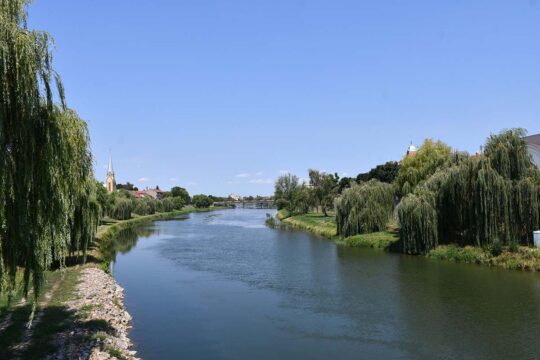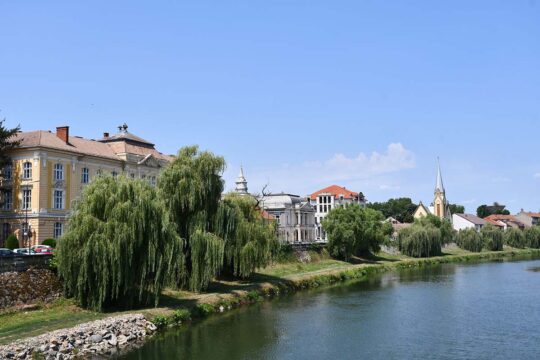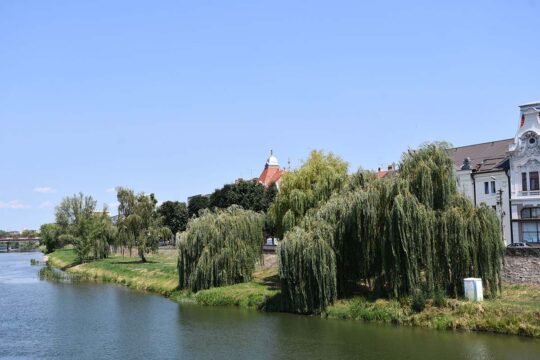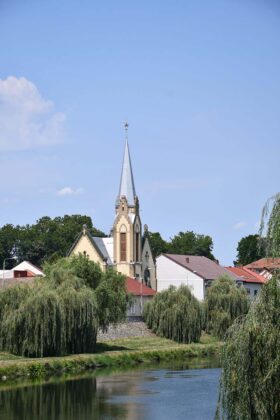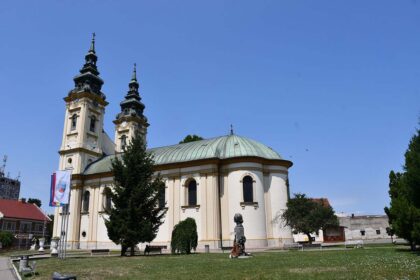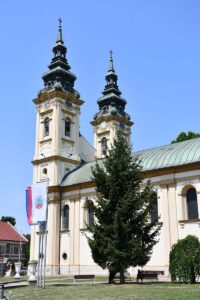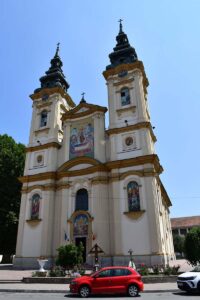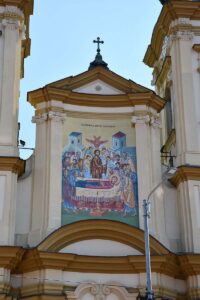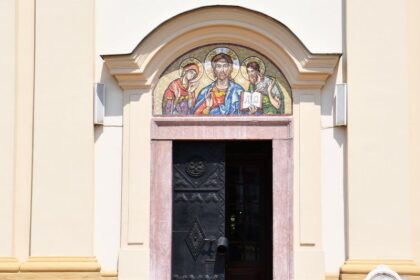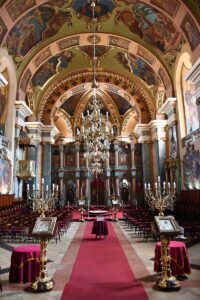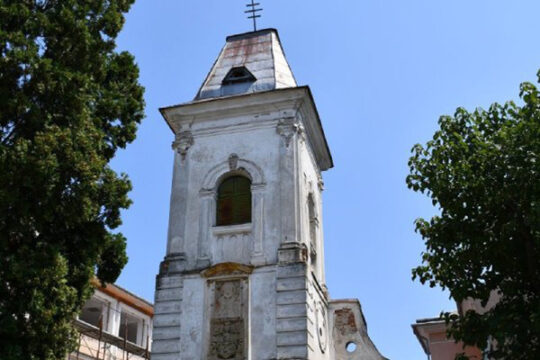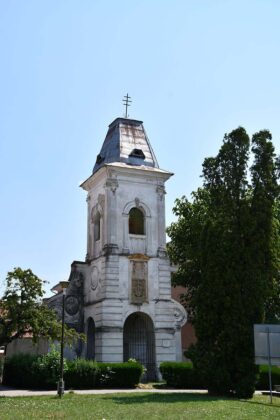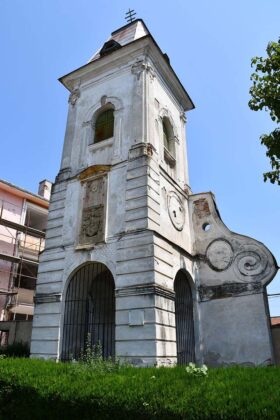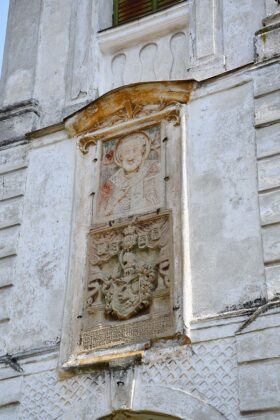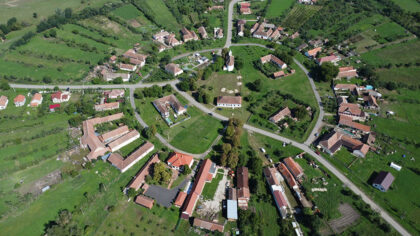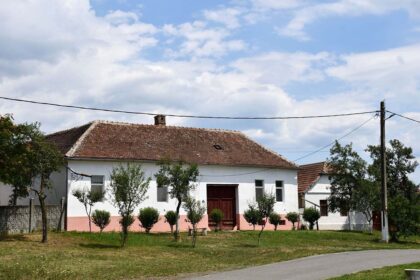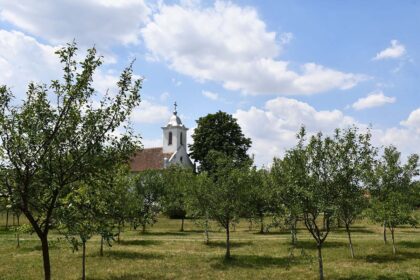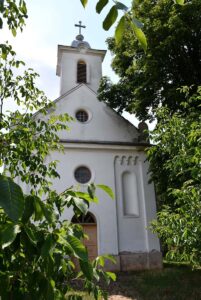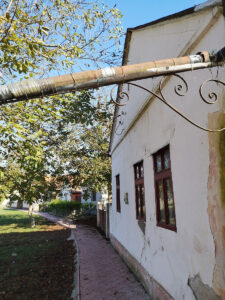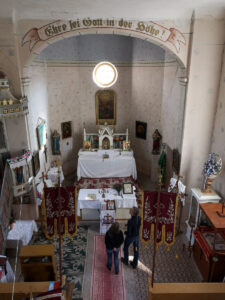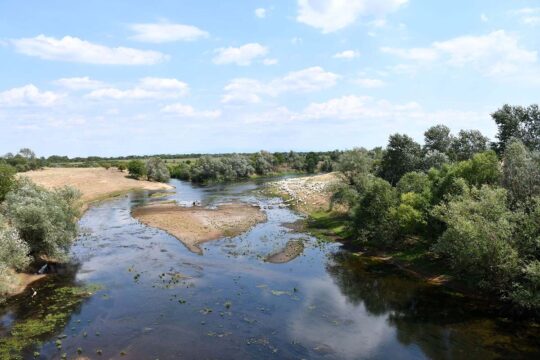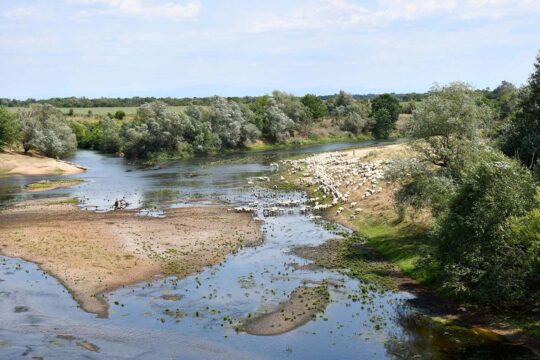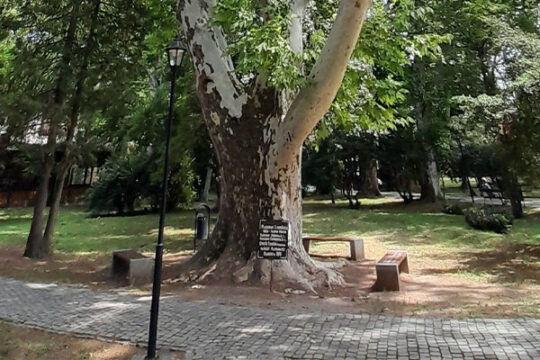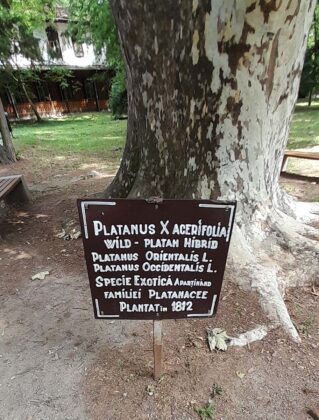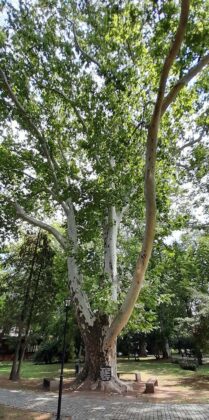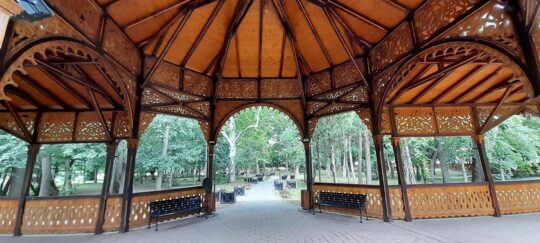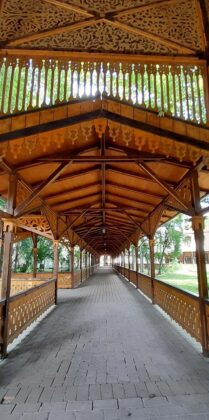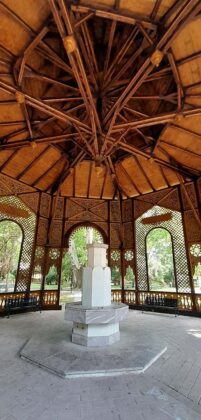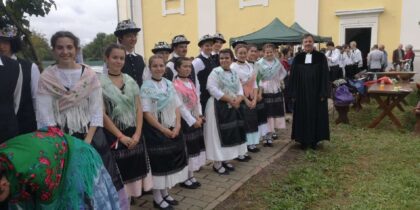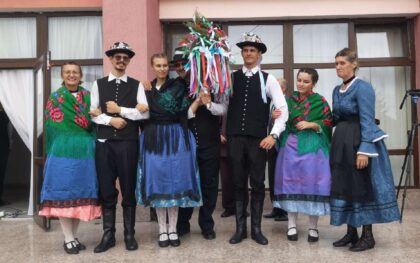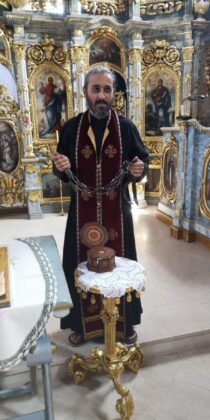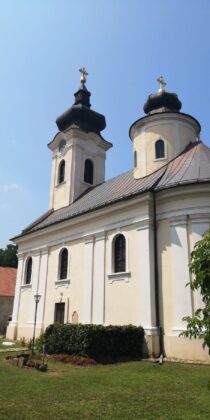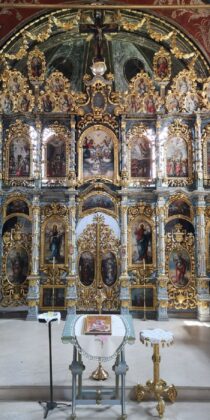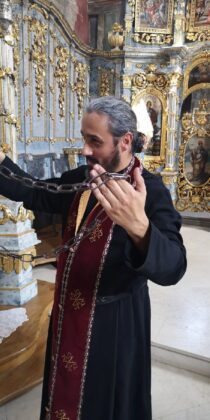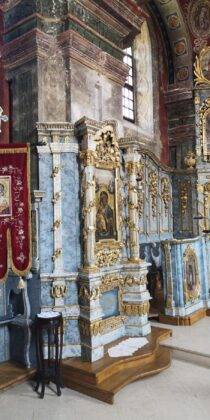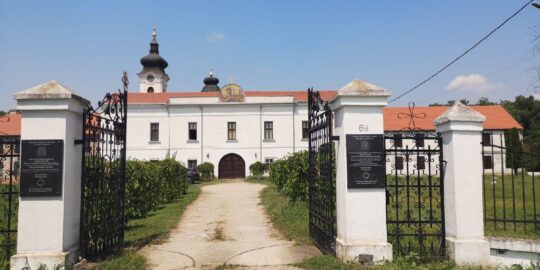Timiș
Timiș is a Romanian county in the historical region of Banat, with Timișoara as its capital. The registration number and common abbreviation for the county is TM. Timiș County borders Arad County to the north, Hunedoara County to the east, Caraș-Severin County to the southeast and south, Serbia to the south and southwest, and Hungary to the west and northwest.
Lugoj is a city in Timiș County. It is the second largest city in the county after Timișoara and has been the seat of the Greek Catholic Diocese of Banat since 1850. The city lies on the Temesch River and has a long history dating back to Roman times. Over the centuries, Lugoj developed into a cultural and economic centre.
The Temesch River (Romanian: Timiș), which flows through Lugoj, has had a formative influence on the town’s development over the centuries. In the past, it played an important role as a transport and trade route. Today, it has gained importance primarily as a local recreation area for the population.
The Baroque Orthodox Church of the Assumption, built in 1766, is one of the most remarkable sacred buildings in Lugoj, in the Banat region. A masterpiece of Baroque Orthodox architecture, it impresses with its characteristic tower façade and richly decorated interior with masterfully executed frescoes.
The Sf. Nicolae Tower in Lugoj, built around 1402, is the oldest building in the city and an important landmark. The baroque bell tower, featuring an artistic facade relief, recalls Lugoj’s medieval history and offers insights into the traditions and cultural richness of the region.
Charlotenburg (also called Sarlota or Barita) is a village in the Bogda commune, Timiș County. It is the only “round village” in Romania.
The village was founded by 32 families (171 people) who had emigrated from Baden-Württemberg, Alsace-Lorraine, and the German-speaking Trentino. Its existence is largely thanks to Count Karl-Ignaz von Clary and Aldringen, who was appointed president of the Banat administration in 1769. The village was designed and built in a circular layout, with an inner diameter of 210 meters.
On the road from Charlotenburg to Buziaș, just before the village of Hitiaș, one crosses the Timiș River. The Timiș River, which also gave its name to Timiș County, flows through much of western Banat and holds significant historical and cultural importance for the region. In the pictures, a flock of sheep can be seen being driven across the river – a typical example of traditional agriculture in the area.
The plane tree was planted exactly 25 years before the birth of Empress Elisabeth of Austria (known as Sissi) and is now 213 years old. The tree stands in the town of Buziaș, Timiș County, in a magnificent garden featuring a circular wooden pavilion, commissioned in 1875 by Emperor Franz Joseph for Empress Sissi.
The park in Buziaș, Timiș County, was established from 1815 onward and quickly became the centerpiece of the spa town. It is famous for its 500-meter-long covered wooden colonnade, built in an Oriental-Byzantine style in 1875, unique in Europe. Surrounded by various tree species, including plane trees, the park once served as a place of relaxation for Empress Sissi.
Tradition and customs in Banat: anyone seeing these images without knowing the history of the Danube Swabians might think they are somewhere in Germany, in the Swabian region. But no – these photos are from Romania.
Pictures from the church festival in the commune of Liebling, Timiș County, in the historic Banat region. In the German communities of Banat, church festivals are traditionally celebrated, and beautiful Swabian folk costumes are worn on these occasions. If you visit Banat between summer and autumn, attending a church festival is definitely worthwhile.
We would like to thank Mr. Frank Schleßmann for Sending us these beautiful pictures and the corresponding text / information.
The Serbian Orthodox Monastery of Saint George is located in the village of Mânăstire, commune of Birda, Timiș County. It was founded in 1485 by the Branković family, which included Georg Branković, known by his monastic name Brother Maxim, the first Archbishop of Wallachia. The monastery’s current church was built in 1794 in late Baroque style and preserves valuable.
After being taken over by the communist government in 1946, the monastery was expropriated and monastic activity ceased. The premises were subsequently used for various purposes, including housing for soldiers and workers and as storage. Following the political changes after 1989, the monastery was reopened as a religious institution and underwent a comprehensive renovation in 2011, supported by the Ministries of Culture of Romania and Serbia.



